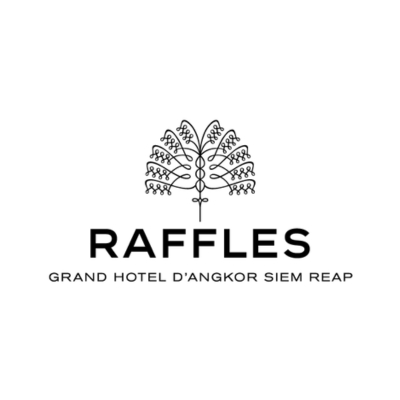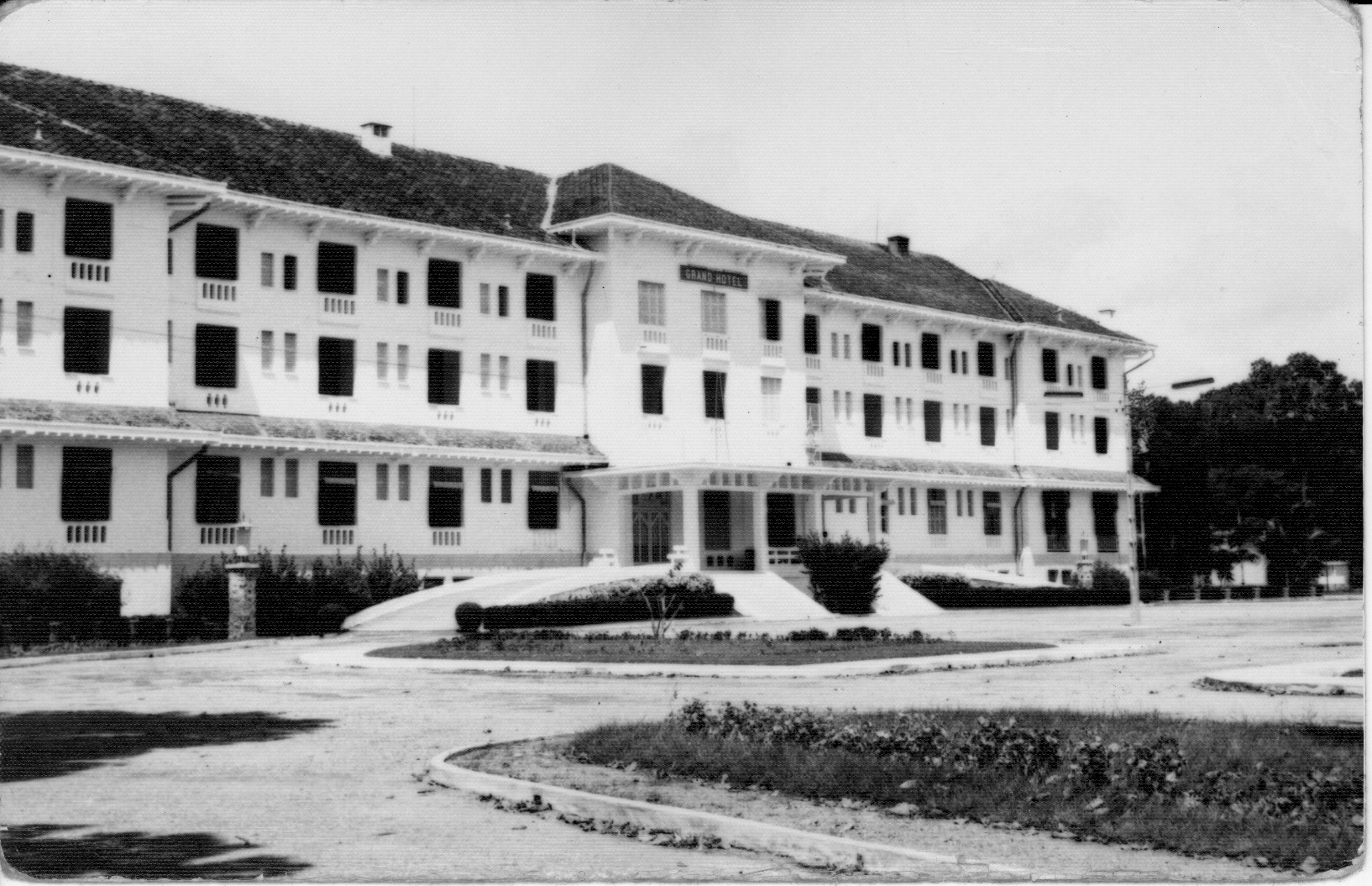The origin of Raffles Grand Hotel d’Angkor is intimately linked with a mid-1920s proposal to construct five hotels throughout what was then French Indochina. The construction of the hotel in Siem Reap was second only in prominence and size to the building of Hotel Le Royal in Phnom Penh, which opened in November 1929. Architect and town planner, Ernest Hébrard, had inaugurated the ‘Town Planning Service of Indochina’ in 1923.
In Siem Reap, Hébrard’s proposal outlined the construction of a 40-room hotel which would replace the bungalows that were no longer suitable for the needs of the growing number of wealthier tourists, flocking to see the temples of Angkor.
As early as 1907 the ruins had become a notable tourist destination. That year saw some 200 visitors in barely three months. By the late 1920s, the trickle had become a flood. Even during the Great Depression it was recorded that 2,817 tourists visited Angkor in 1934.
The awakening came between December 1991 and October 1994. One of the most important functions held at the Grand Hotel in those early ‘new’ years was a VIP Luncheon on 5 August 1992. Hosted by HRH Prince Norodom Sihanouk and UNTAC leader, Yasushi Akashi, the guest list included diplomats, UNTAC representatives including, Gen. John Sanderson, SNC leaders – Hun Sen, Khieu Samphon, Ieng Mouly, HRH Prince Norodom Ranariddh and SOC, KP, FUNCIPEC and DK leaders. The luncheon, with a host table and eight guest tables, culminated in the announcement that UN-sponsored elections would be held in Cambodia in May 1993.
The hotel you see today started to take shape when Raffles International Limited began an extensive renovation and refurbishment in March 1996. On 30 December 1997, Raffles Grand Hotel d’Angkor was officially opened. The hotel now boasted a total of 119 rooms, approximately twice the number originally built. The cool, uncluttered lobby still reflects the understated elegance of the hotel. Corridors extend, seemingly to vanishing points, as if reflected in countless mirrors. In sympathy with the original building, The Conservatory has been added to extend the lobby area and to provide a spacious lounge for cocktails and Afternoon Tea. It overlooks the garden and iconic pool, modelled on the ancient bathing pools of Angkor itself.
A new wing that perfectly replicates the architectural style of the main building was added to the west and three magnificent villas, one housing the spa, to the east of the swimming pool. All are set amidst verdant, tropical gardens. The hotel also maintained two open-air performance houses. One is set diagonally opposite the hotel in the public riverside gardens. The other, the Apsara Terrace, is set in the hotel’s private gardens.
Along with the hotel, Raffles Hotels & Resorts undertook the restoration and refurbishment of the park that extends from the hotel to the main road, incorporating the formal gardens, now named the ‘Royal Crusade for Independence Gardens’. This fan-shaped park, an imposing frontage to the hotel, is shared by the people of Siem Reap. The garden complex, in addition to the formal garden, consists of an area devoted to the lotus, the sacred Buddhist flower, as well as the River gardens along the bank of the Siem Reap River and the Temple gardens. In 1998, Raffles Hotels & Resorts also restored the 1928 Art Deco-style bridge that spans the river.
Hotel History
Period architectural details abound throughout the hotel. From the ironwork surrounds of the original timber elevator, now beautifully-restored to its former glory, to the floral-motif Art Deco railings on the floors above, extending to the staircase rail. The metalwork has been carefully restored to its former pristine condition. The wide eaves of the huge tiled roof are supported at regular intervals by large, tiered concrete supports. These brackets emulate those made of wood that are usually seen bearing the immense weight of Chinese palace roofs.
The light of the moon promises one of the most beautiful views of the hotel. The soft, warm glow of the Conservatory with guests and staff in silhouette, the main building with balcony lights reflected in the inky, glass-like surface of the pool, unites in a spectacular panorama of ‘The Grand’ by moonlight.
Through securing, restoring and maintaining the historical integrity of the two complementary sister hotels, Hotel Le Royal in Phnom Penh and the Grand Hotel d’Angkor at Siem Reap, Raffles Hotels & Resorts is inextricably linked through their common bond to the colonial office of visionary architect and urban planner, Monsieur Ernest Hébrard.

